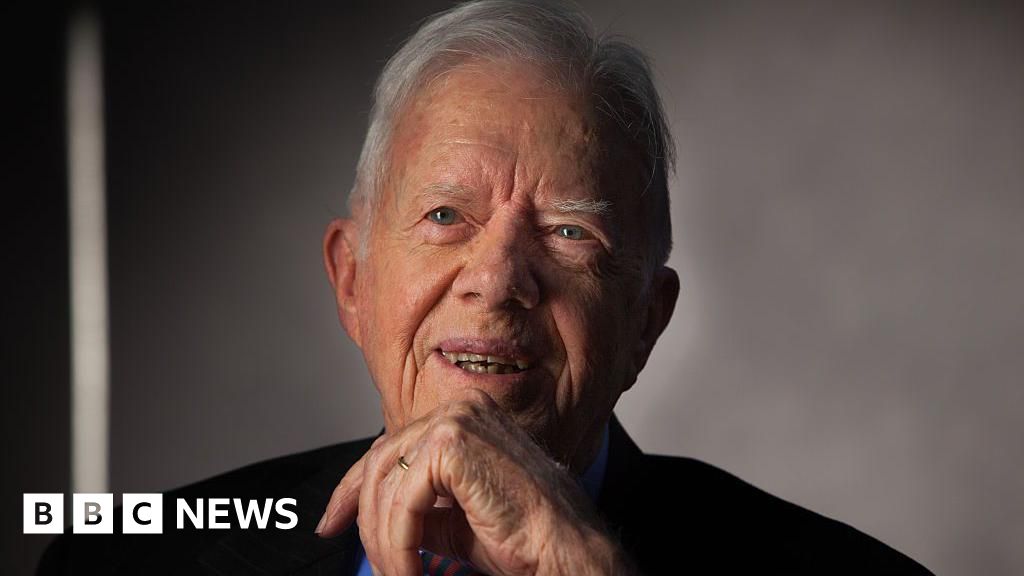UN appeals for $5.6 billion to help millions affected by relentless conflict — Global Issues
The situation for many in Ukraine remains desperate, amid “relentless” shelling of civilian targets and infrastructure, the UN’s Emergency Relief Coordinator, Martin Griffiths, told journalists in Geneva.
Humanitarian funding is needed to continue supporting lifesaving aid convoy deliveries to communities on the front line, “into areas of great danger and difficulty and priority needs”, said Mr. Griffiths, who heads the UN Office for the Coordination of Humanitarian Affairs (OCHA).
Aid under fire
He highlighted how on Tuesday UN country team staff had travelled from Dnipro in six pre-loaded trucks to the eastern Donetsk region, some 200 kilometres away, to provide aid for two villages caught up in “the worst of those war zones…people under daily shelling, daily attacks, homes bombed, freezing cold, electricity problems”.
To continue doing this lifesaving work, the OCHA chief appealed for $3.9 billion to help 11.1 million of the 18 million people who need humanitarian assistance inside Ukraine. Officially called the Humanitarian Response Plan for Ukraine, it brings together more than 650 partners, the majority of them Ukrainian organizations.
Refugee needs: $1.7 billion in 2023
In parallel with the OCHA appeal, the UN refugee agency (UNHCR) is also seeking $1.7 billion to help Ukrainian refugees in 10 host countries: Bulgaria, Czech Republic, Estonia, Hungary, Latvia, Lithuania, Moldova, Poland, Romania and Slovakia.
UNHCR High Commissioner Filippo Grandi warned against complacency about what is happening in Ukraine. “I think we’re becoming a little bit used to this; we shouldn’t, because it’s quite appalling what the Russian invasion is doing to the country,” he said.
Describing a recent official visit to Ukraine, the UNHCR chief said that in the year since Russian battlegroups crossed the border 24 February 2022, civilian infrastructure in Ukraine had continued to come under constant attack, leaving nurseries “flattened and old people living in cellars because of the danger of bombing”.
Support for health, education, jobs
Refugees from the conflict have every intention of returning to Ukraine at some point, Mr. Grandi continued, but until that happens, he said that Tuesday’s Refugee Response Plan appeal will continue to help millions of refugees and hundreds of UN partners on the ground.
In particular, funding will support health and nutrition services, education, livelihoods and temporary protection, the High Commissioner explained.
“The Ukraine refugee crisis – displacement crisis – remains the largest in the world, clearly,” he said. “Almost six million estimated internally displaced people. Plus, you know, the refugees in Europe who have registered for temporary protection are close to five million now, 4.8 million. But we know that there’s many more that have not.”
Amid reports that violence is escalating in the east, latest UN estimates indicated that more than 7,000 civilians have been killed in Ukraine in the last year, with 12,000 injured. “This is almost certainly a low estimate,” Mr. Griffiths said.
© UNOCHA
Humanitarian water and medical supplies are delivered to communities in the Soledar and Donetsk regions in Ukraine.
Grain initiative must continue
Asked about UN-led efforts to secure an extension of a deal to delivery of fertilizers and foodstuffs from Ukraine and Russia to the many countries that need them all over the world, the veteran aid official insisted that “the Global South and international food security needs that operation to continue”.
More than 21.3 million tonnes of corn, wheat, oil and other comestibles have been shipped across the Black Sea, as part of the Black Sea Grain Initiative, which should be allowed to continue, said the UN Emergency Relief Coordinator. “We don’t need it stopped in the middle of March and I hope – I hope and believe, actually – that it will be extended. And that is because it is an obvious case for international humanitarian security.”

© WFP/Mohammed Awadh
The MV Brave Commander berthed in Hodeidah port in Yemen carrying Ukrainian wheat flour milled in Turkiye. (Oct 2022)
Towns erased from the map: IOM
Inside Ukraine, the UN migration agency, IOM, said that the scale of destruction in the south and east has been massive – so much so, that one senior UN humanitarian worker with the agency told UN News in an interview, that some towns “don’t even exist anymore”.
“We see heavy fighting on both sides (of the contact line),” said IOM Area Manager Johannes Fromholt, who described how some locations were “filled with military personnel, military equipment”.
Amid an uptick in violence in the east, Mr. Fromholt explained that some civilians have managed to flee from Donetsk oblast to the more central town of Znamyanka, where IOM is helping to repair collective shelters for new arrivals.
For those unable to leave, the situation remains dire.
“In frontline locations (the conflict is) actually getting worse, with increased fighting on a day-to-day basis,” the IOM worker said. “So, people simply have to stay down in the in the basements into shelters where of course, it’s cold. There’s no electricity in these frontline locations.”
Check out our Latest News and Follow us at Facebook
Original Source






